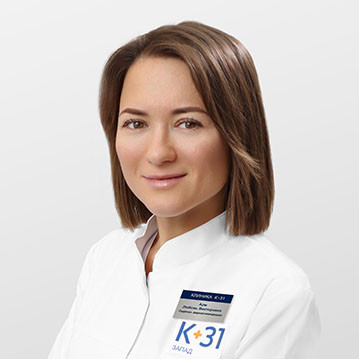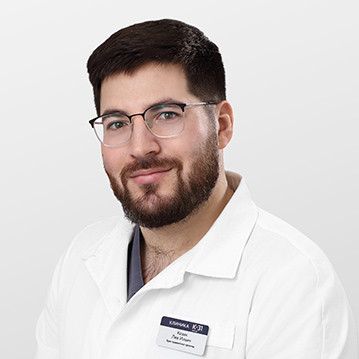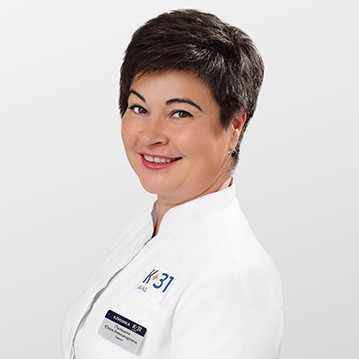Ingrown nail
An ingrown toenail is a common defect that occurs in both men and women at any age. Most often it occurs when wearing uncomfortable shoes, insufficient foot hygiene, or fungal infection of the nail. According to statistics, about 10% of the world's population faces this problem. Lack of timely treatment leads to serious complications, including gangrene and sepsis.

specialists

equipment

treatment

Reasons for the development of onychocryptosis
Among the most common causes of ingrown toenails are:
- Wearing shoes that are too narrow and squeeze your toes
- Abuse of high heels
- Curvated or incorrectly positioned toes
- Wearing a cast or tight bandage for a long time
- Cutting the nail too deep
- Congenital pathology of the foot, leading to uneven distribution of the load
- Diabetes
- Rheumatoid lesions of the finger joints
- Flat feet
- Pregnancy, excess weight
Epidermal growth factor receptor inhibitors also lead to onychocryptosis. A side effect of such medications may be inflammation of the periungual fold, What causes ingrown toenails?
Treatment methods
How to treat an ingrown toenail? The choice of method depends on the stage of the disease. In more severe cases, surgical treatment is performed. In this case, part or all of the nail is removed under local anesthesia.


General information about treating ingrown toenails
Our doctors

This award is given to clinics with the highest ratings according to user ratings, a large number of requests from this site, and in the absence of critical violations.

This award is given to clinics with the highest ratings according to user ratings. It means that the place is known, loved, and definitely worth visiting.

The ProDoctors portal collected 500 thousand reviews, compiled a rating of doctors based on them and awarded the best. We are proud that our doctors are among those awarded.
Make an appointment at a convenient time on the nearest date
Price
Other services
Plantar warts
Diabetic foot Laser nail treatmentReviews 4














What is an ingrown toenail
An ingrown nail, or onychocryptosis, is a pathological condition in which the edge of the nail plate penetrates the soft tissue around the nail, causing swelling, redness and pain. It mainly occurs on the big toe. Particularly susceptible to the development of onychocryptosis people with flat feet and hallux valgus.
At the first sign of a problem, you should contact a surgeon or podiatrist. Professional treatment for ingrown toenails helps relieve pain and prevent unpleasant consequences.